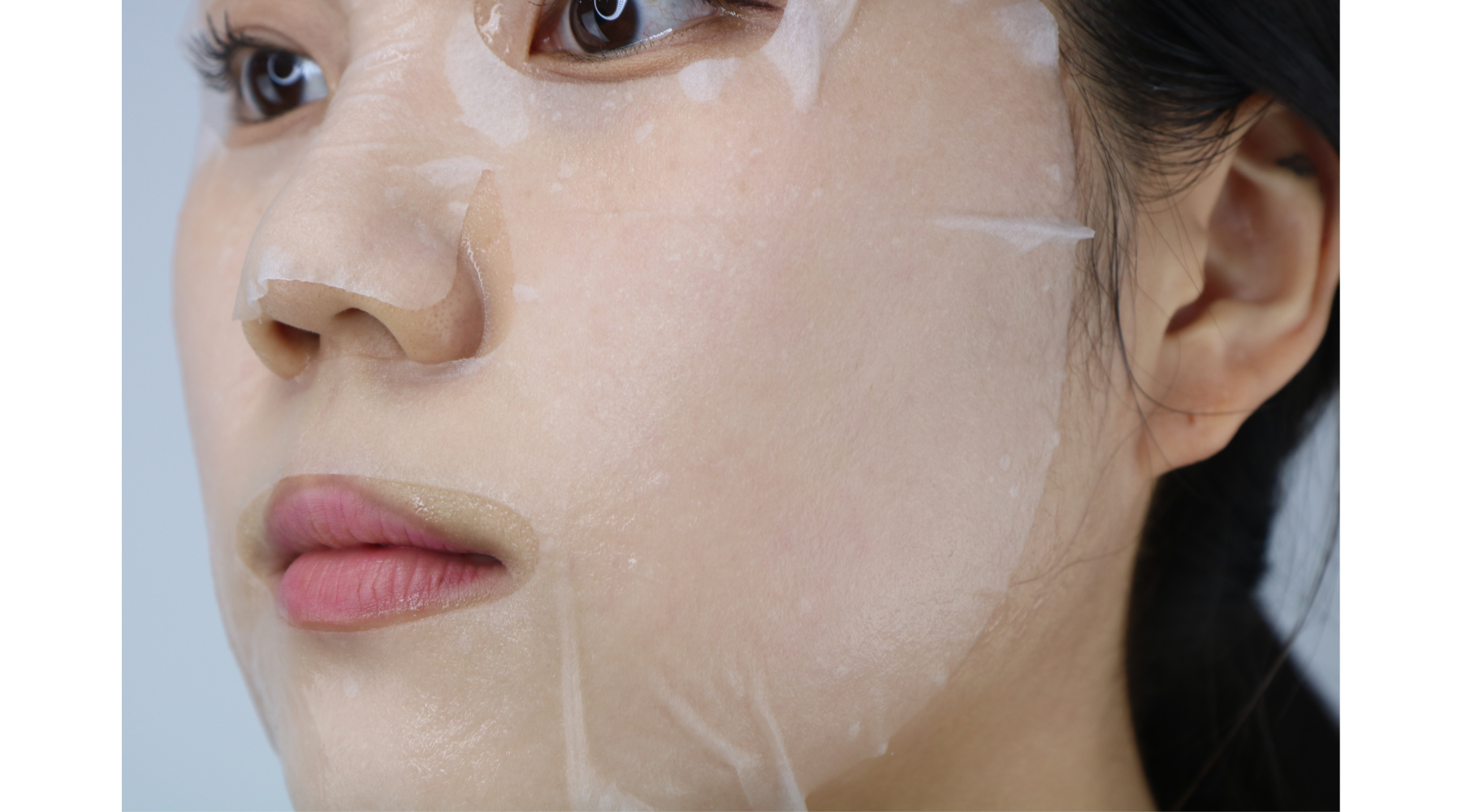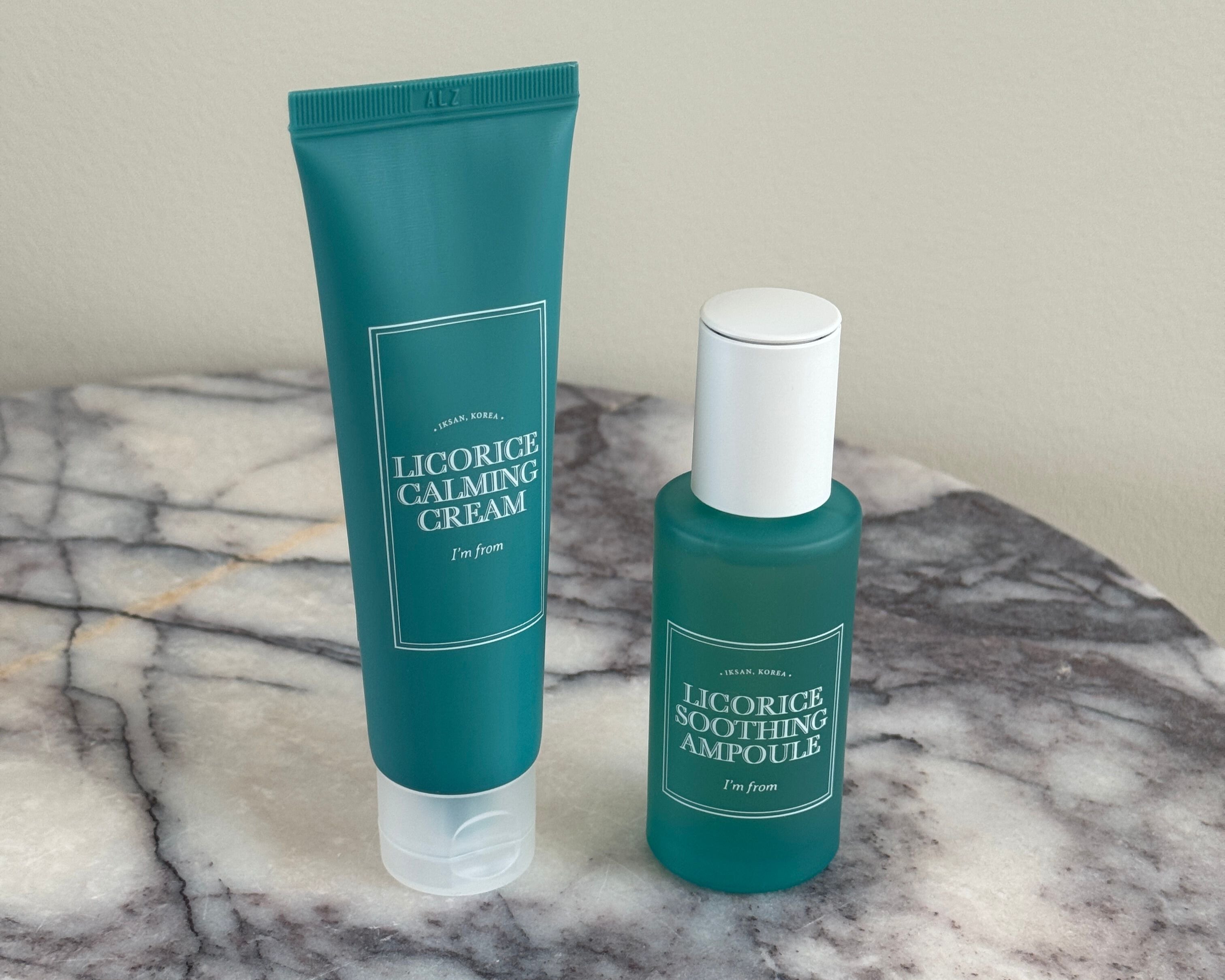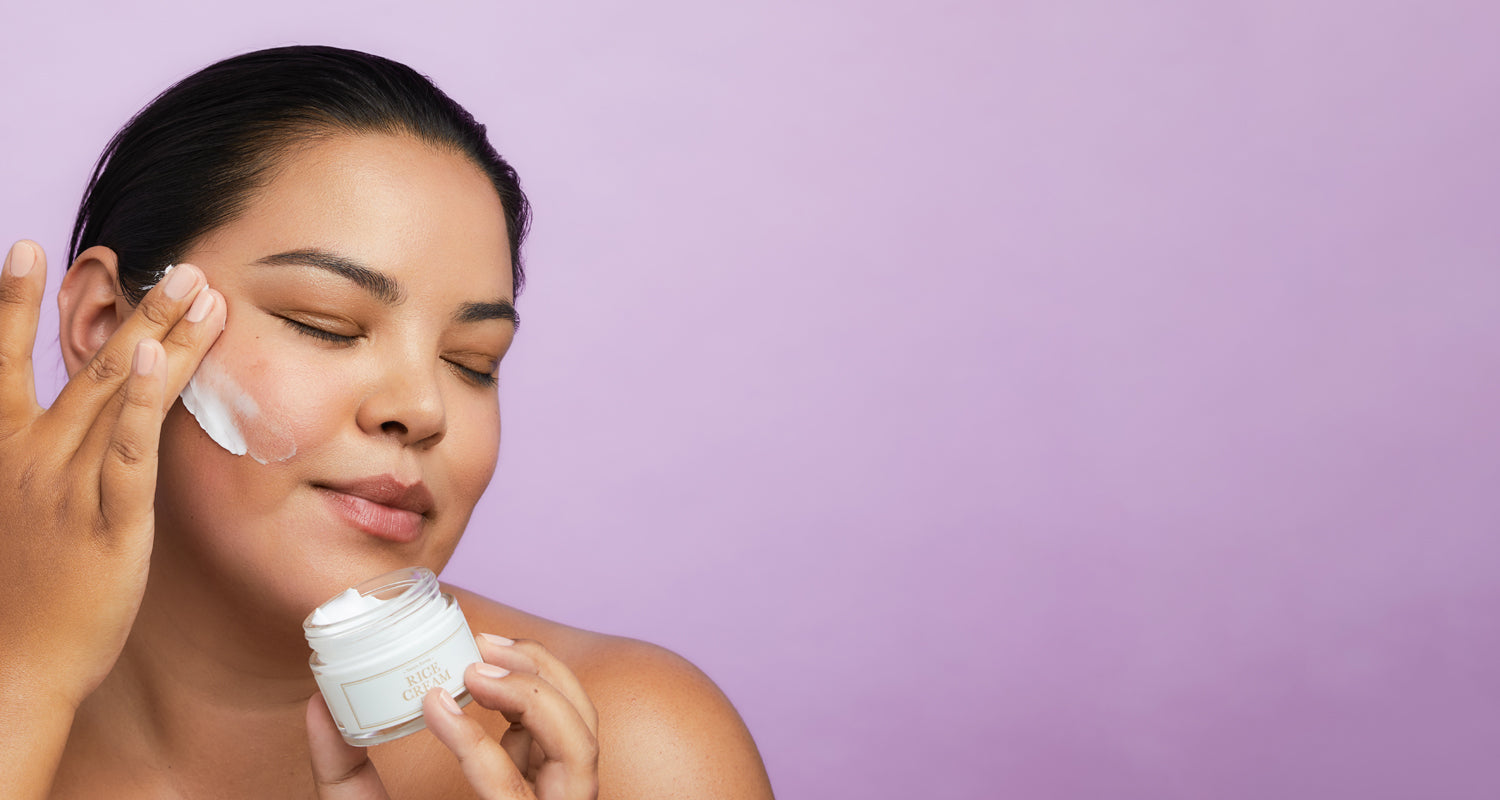
What is Rosacea?
What you need to know
Rosacea is a chronic inflammatory skin disease that often presents with redness, visible blood vessels, and sometimes small bumps or blisters, mainly in the central parts of the face. Many people may mistake rosacea for acne and sometimes call it adult acne, but it is actually a completely different skin condition. This is a misconception that can make both diagnosis and treatment difficult. Unlike acne, rosacea is not about increased sebum production or clogged pores, but rather about vascular instability, inflammation and a weakened skin barrier.
If rosacea is suspected, we recommend contacting your dermatologist to establish a diagnosis and treat accordingly.
Rosacea is a relatively common skin disease, affecting about 10% of adults, with women more often affected than men. There is no permanent cure for rosacea, but symptoms can be relieved when it breaks out. The focus is on working in a soothing, anti-inflammatory and barrier-strengthening way.
Stages of rosacea
Rosacea can occur in 4 stages:
Stage 1: Rosacea in the form of redness (erythema). Occurs in the central parts of the face with a hot and flaring sensation.
Stage 2: Rosacea with pales & pustules (hot blisters and boils) combined with redness
Stage 3: Rosacera Rinophyma is redness and enlargement of the sebaceous glands around the nose resulting in it becoming enlarged. This usually affects men but also women
Stage 4: Ocular rosacea, which manifests as inflammation of the eyes or eyelids with redness and a burning sensation

Why do people get rosacea?
Although rosacea is a relatively common diagnosis, the exact cause is still unknown. Research into the skin disease is ongoing, but much remains to be understood, both in terms of its onset and progression.
There are several theories as to why some people develop rosacea and it is currently believed that several factors interact rather than there being a single cause but, as always, it is individual.
Some factors that are thought to have an impact are:
Inflammation - Rosacea is often linked to an overactive immune response. This means that the skin's natural defense system is out of balance, which can lead to inflammation, redness and rashes. Studies have shown that people with rosacea may have elevated levels of certain inflammatory substances in their skin.
Vascular changes - A common symptom of rosacea is that the skin turns red easily - especially on the cheeks, nose, forehead and chin. This is often because the small blood vessels in the skin are sensitive and dilate more easily than normal. This vasodilation (widening of the vessels) is thought to be a key part of the onset of the disease.
Heredity and genetics - Rosaceais partly hereditary and many people who are diagnosed often have close relatives with similar skin conditions. This shows that genetic factors can influence both the immune system response but also the vascular structure of the skin.
Skin microbiome and external influences - Researchers have also identified a possible link between rosacea and an increased presence of certain microorganisms on the skin that contribute to imbalances in the skin microbiome. People with rosacea have been found to have an increased susceptibility to a skin mite called Demodex folliculorum. These mites are present in all of us, but those with increased numbers can contribute to an inflammatory reaction.
What can you do if you have rosacea?
If you have rosacea, it is important to take a long-term and gentle approach to your skin. As the condition is chronic and often influenced by both internal and external factors, it often requires a combination of customized skin care, possible medical treatment and lifestyle changes.
Choose products that are gentle and adapted for sensitive skin. Especially for rosacea, it can be a good idea to use products developed for that particular skin condition. Sometimes further treatment in consultation with a doctor may be required to bring the skin into balance and you may be prescribed antibiotics or creams to apply topically to the affected areas.
Some soothing ingredients that are good to focus on in active rosacea are:
- Centella Asiatica - acts as an anti-inflammatory and supports the skin's healing process.
- Allantoin - Soothing and protective ingredient
- Panthenol (Provitamin B5) - moisturizes and strengthens the skin barrier
- Ceramides - help restore and protect the skin's natural barrier.
- Licorice root - in addition to its smoothing properties, this ingredient has an anti-inflammatory and calming effect
Treatments such as IPL or LED light therapy can also have a positive effect on rosacea.

There are also a number of factors that can aggravate rosacea, so it is important to try to locate the trigger in question and try to eliminate it as best as possible for the best recovery. Some common triggers include:
- Strong or spicy foods
- Weather changes (cold or heat)
- Sun and UV radiation
- Alcohol
- Smoking
- Over-activation of the skin (such as too much exfoliation)
- Hormone changes
Conclusion
Rosacea is a skin disease that requires both patience and proper treatment. Using gentle and customized products, as well as avoiding certain lifestyle factors, can help keep the disease under control and improve your skin's appearance and well-being in the long term.
If you need guidance on how to best take care of your skin in case of rosacea, you are always welcome to contact us at info@glowid.se.
We'll be happy to help you find the right products to suit your skin's needs.
Your skin is unique and we are here to help you along the way <3


